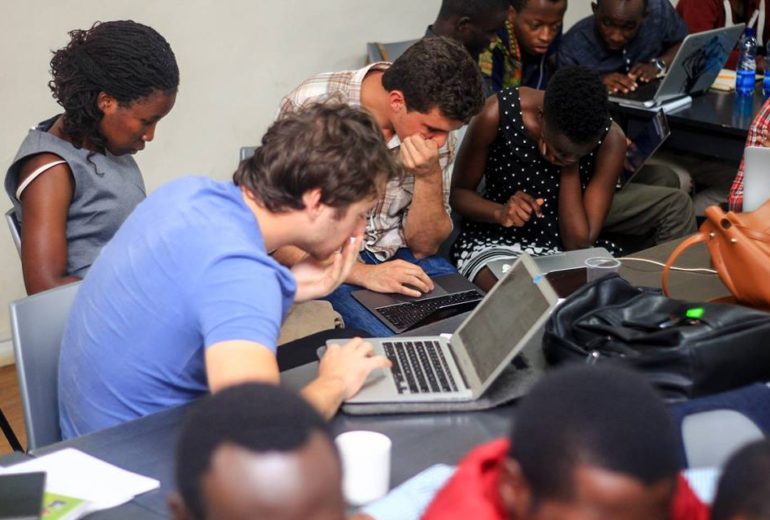Data analysis with R
Data analysis is the process of systematically evaluating data using analytical and logical reasoning. There are certain computer languages that are essential for this process, and R is one of them. R was developed in the early 90s by Ross Ihaka and …
Introduction to Python-Absolute beginner
This is a hands-on course for an in-depth look at the details of Python layers and concepts. You will get ample practice drills and projects, using Jupyter Notebooks on Azure. After you explore data types and variables, you will take a look …
Applied Data Science with Python
Learn how to code in Python for data science, then analyze and visualize data Python with packages like scikit-learn, matplotlib, and bokeh. This is an action-packed learning path for data science enthusiasts and aspiring data scientists who want to learn data science …
Data Science with R
The demand for skilled data science practitioners in industry, academia, and government is rapidly growing. The HarvardX Data Science program prepares you with the necessary knowledge base and useful skills to tackle real-world data analysis challenges. The program covers concepts such as …
Microsoft AI School
Whether you’re completely new to AI or a seasoned professional looking to stay on top of your game, AI School is quite simply the best place to find the information, learning materials and resources you need to start building intelligence into your …
Artificial Intelligence (AI) – edX
What do self-driving cars, face recognition, web search, industrial robots, missile guidance, and tumor detection have in common? They are all complex real-world problems being solved with applications of intelligence (AI). This course will provide a broad understanding of the basic techniques …
How to Get Started as a Developer in AI
The promise of artificial intelligence has captured our cultural imagination since at least the 1950s—inspiring computer scientists to create new and increasingly complex technologies, while also building excitement about the future among regular everyday consumers. What if we could explore the bottom …



